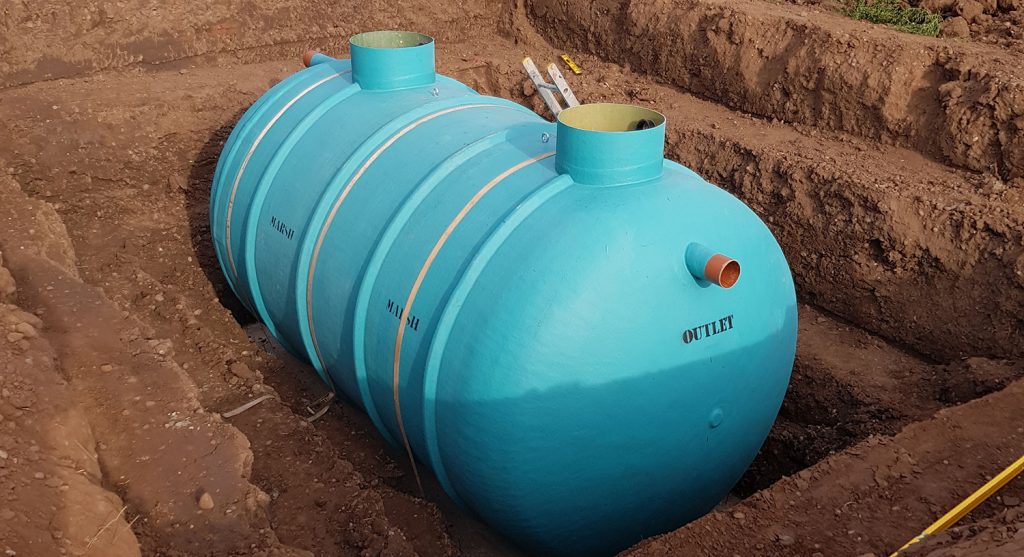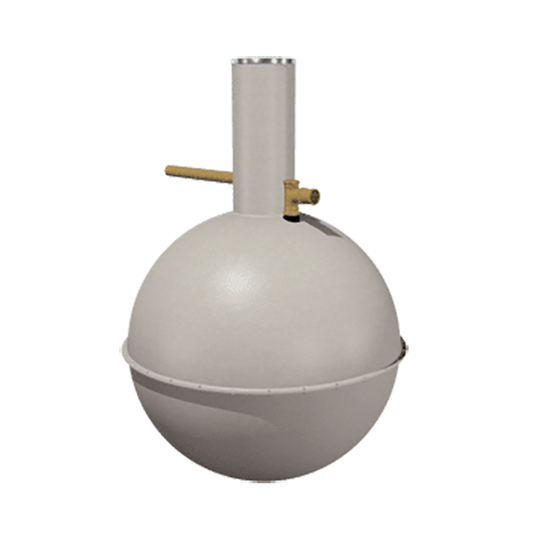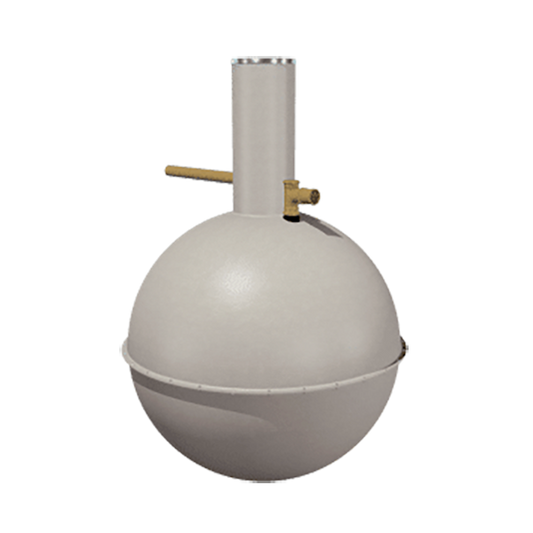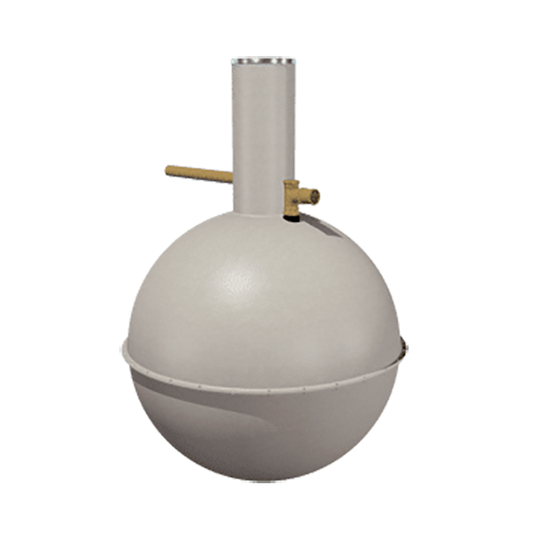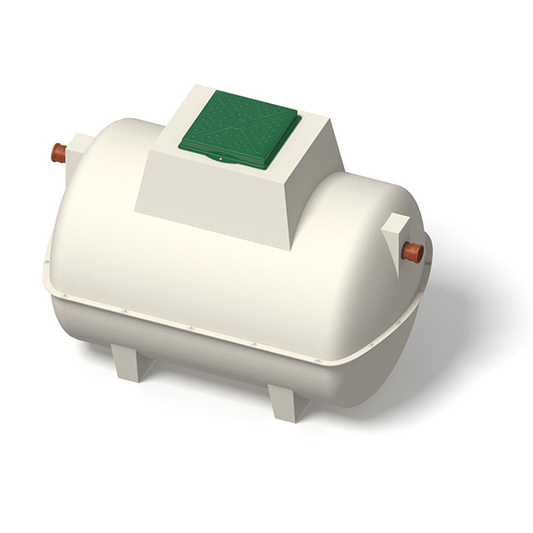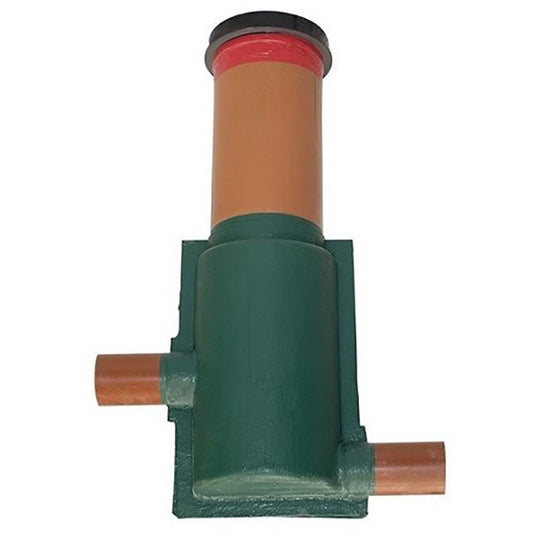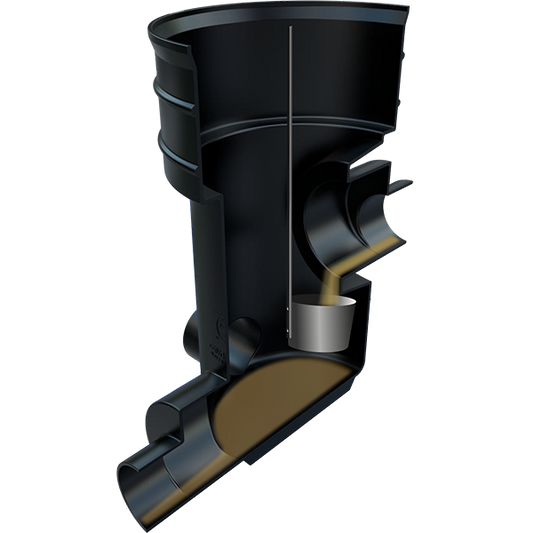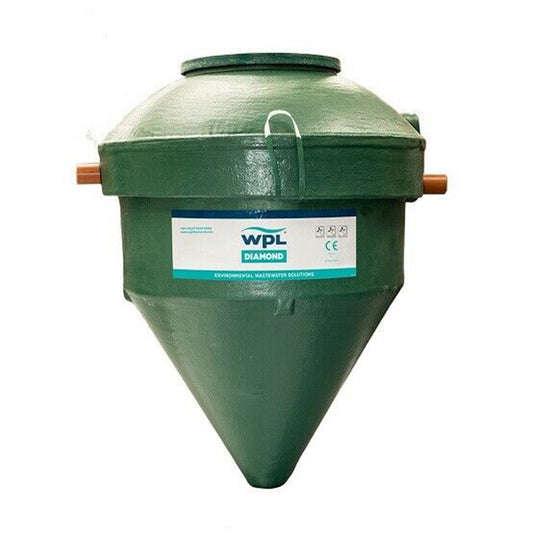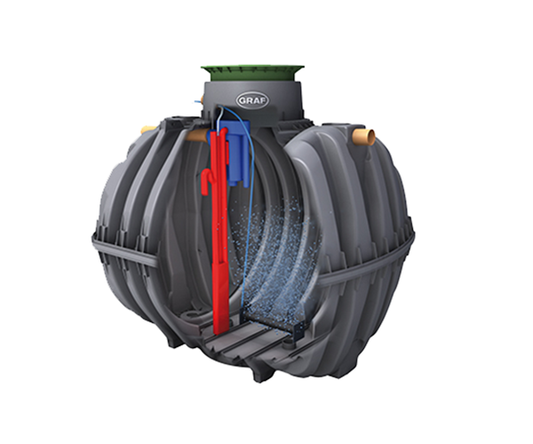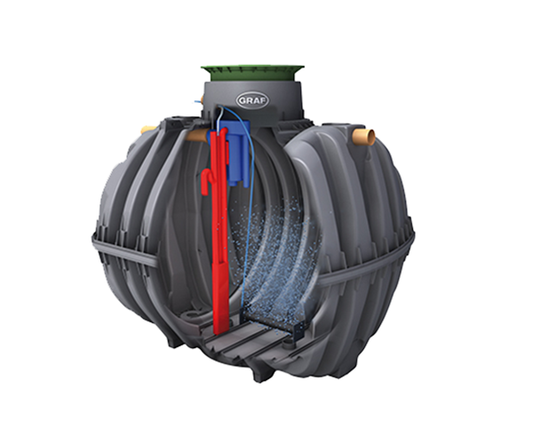Brand new legislation for septic tanks in England and Wales came into force on January 1st, which means any household or business that does not comply now risks significant fines from the Environment Agency (EA).
With more than a million UK properties having no option but to use an off-mains drainage system to deal with their sewage waste, this new legislation will have a big impact.
Are you compliant?
If you are based in England and Wales and have a septic tank that discharges directly to surface water, such as a river, ditch or stream, then you are not compliant with the new legislation. This means you need to urgently replace or upgrade your sewage treatment system or you risk significant fines from the EA.
What is a septic tank and who is responsible for it?
In simplistic terms, a septic tank is is an underground tank where the solids sink to the bottom and the liquid flows out and soaks through the ground. In contrast, a sewage treatment plant is a part-mechanical system that treats the liquid so it’s clean enough to go into a river or stream.
You are classed as an operator of any of these if you are the owner of the property using the system, you own a property that shares the system with other properties or you have a written agreement with the property owner that says you’re responsible for the system’s maintenance.
What are the new rules regarding septic tanks?
Here’s a reminder of the rules you should now be abiding by with your septic tank:
- The discharge rate from a septic tank or small sewage treatment plant must be less than 2cu m/day.
- The sewage must receive treatment from a septic tank and filtration system or a sewage treatment plant.
- The sewage must be domestic, for example from a toilet, bathroom, shower or kitchen of a house, flat or business (such as a pub, hotel or office)
- The discharge must not cause pollution to surface water or groundwater 5m from a boundary, 10m from a ditch or watercourse, 50m from a water abstraction point or 15m from any building and other soakaway network.
- The discharge must not be within a groundwater Source Protection Zone 1 or within 50m of any well or borehole that is used to supply water for domestic or food protection.
- BS manufacturing standards must be adhered to and the system installed and maintained by a competent person.
The changes which began in 2015 are statutory general binding rules. Their purpose is to protect human health and the environment as septic tanks can contaminate groundwater supplies and surface water in lakes, streams, and rivers. Such contamination can render supplies unsuitable for drinking and cause harm to the environment, with social and economic ramifications.
For further information, the new regulations can be found online here: https://www.gov.uk/permits-you-need-for-septic-tanks.
How can you tell whether your septic tank is polluting a local watercourse?
The first port of call would be to look at the drainage plans from when your septic tank was installed – this should detail where your system discharges to.
If you do not have this information, there are ways to check but as your septic tank is underground, it can be difficult to tell. Read our blog on ways to check.
The best way to establish whether your septic tank is compliant though is to get the help of a local specialist, such as ourselves.
What are the risks of not being compliant?
If you are found to violate the new regulations regarding septic tanks you could face prosecution and a significant fine from the EA so it is important you take immediate action. To find out more about the possible consequences read our blog.
What are your options?
If these regulations affect your septic tank you have a few options:
- Connect to mains sewer – where available
- Install a drainage field (also known as an infiltration system), that is designed and made according to the up-to-date British Standard BS6297 2007, so the septic tank can discharge to the ground instead
- Replace your septic tank with a small sewage treatment plant that meets with full BS EN 12566-3 Documentation
How can we help?
Here at Cotterill Civils, we are one of the UK’s most trusted suppliers of sewage treatment plants, septic tanks, cesspools and pump stations. We can provide you with expert advice on the different sewage treatment options available to you as well as ways that you can upgrade your system without needing to replace it.
We can also offer a complete package – where we design, supply and install your new sewage treatment system, providing you with peace of mind.
Give us a call on 0121 351 3230 and we’ll be happy to help!
Alternatively, fill out our enquiry form:





